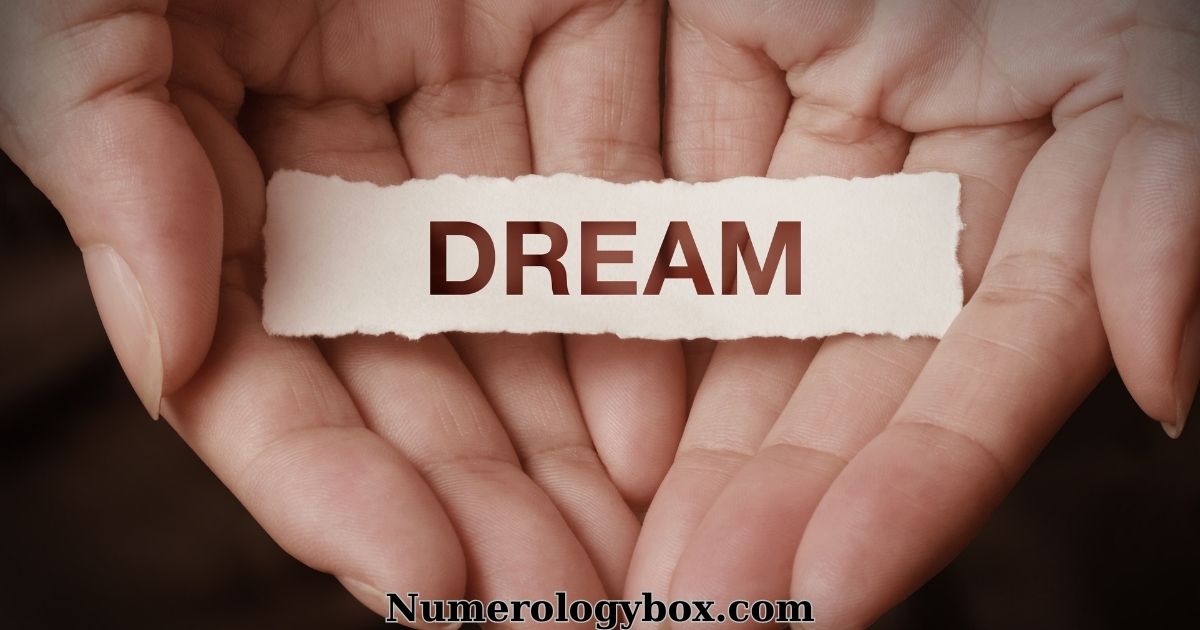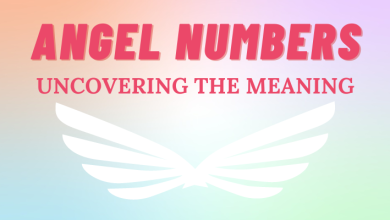Can dreams reflect reality?
Dreams have always fascinated humans, from ancient times to modern times. We spend approximately one-third of our lives sleeping, and a significant part of this time is spent dreaming. Dreams can be bizarre, intriguing, and sometimes, even frightening. But can they also reflect reality? In this blog, we will explore this question and try to understand the relationship between dreams and reality.

What is Dreaming?
Dreaming is a natural and universal phenomenon that occurs during the rapid eye movement (REM) stage of sleep. It is a mental activity that involves the creation of images, sounds, and sensations in our minds that feel like a real-life experience. Dreams can be vivid, bizarre, and even frightening, and they can leave us with strong emotions and memories.
During REM sleep, our brains are highly active, and our bodies are completely relaxed. This is the stage of sleep where most of our dreaming occurs. Our brains process the information that we have collected during the day, and it creates scenarios, images, and stories that can be connected to our memories, emotions, and experiences.
Dreams can be influenced by a variety of factors, including our daily experiences, emotions, and memories. They can also be influenced by external factors, such as sounds, light, and temperature. In addition, some people believe that dreams can be a reflection of our subconscious mind, and they can reveal our deepest fears, desires, and anxieties.
The content of our dreams can vary widely from person to person, and even from night to night. Some people have vivid and memorable dreams every night, while others rarely remember their dreams. Some people experience recurring dreams or nightmares, while others have one-time dreams that they never forget.
Can dreams reflect reality?
The short answer is yes, dreams can reflect reality, but not always. Dreams are a result of our subconscious mind, and they can be influenced by our experiences, memories, and emotions. In some cases, dreams can be a reflection of our daily lives, and they can even help us process and cope with the events that we experience.
For example, if you have a stressful day at work, you may have a dream about being chased or attacked by someone. This dream can be a reflection of your feelings of anxiety and stress, and it can help you process these emotions. Similarly, if you are going through a difficult time in your personal life, you may have a dream about losing someone close to you. This dream can be a reflection of your fears and worries about the situation.
However, not all dreams reflect reality. Dreams can also be a result of our imagination, and they can be influenced by our fears, desires, and even our cultural background. For example, if you are a fan of science fiction, you may have a dream about traveling to space or encountering aliens. This dream may not have any connection to your daily life, but it can be a reflection of your interests and hobbies.
The Role of Interpretation
The role of interpretation in the context of dreaming refers to the process of assigning meaning to the content of our dreams. Interpretation is important because dreams can often be confusing, bizarre, and seemingly unrelated to our waking lives. By interpreting our dreams, we can gain a better understanding of our subconscious mind and the hidden meanings behind our thoughts and emotions.
Interpretation can be done in various ways, depending on the individual and their beliefs about the nature of dreams. Some people believe that dreams are random and meaningless, while others believe that they are a reflection of our deepest fears, desires, and anxieties. There are also different methods of interpretation, such as using symbols, metaphors, and archetypes.
One common method of interpretation is the Freudian approach, which suggests that dreams are a reflection of our unconscious mind and our repressed desires. According to Freud, dreams have a hidden meaning, and they can be interpreted by analyzing the symbols and metaphors that appear in them. For example, a dream about a snake can be a symbol of sexuality or temptation.
Another approach to interpretation is the Jungian approach, which suggests that dreams are a reflection of our collective unconsciousness and our archetypes. According to Jung, dreams can reveal our deepest fears and desires, and they can help us understand our place in the world. Jung believed that archetypes, which are universal symbols and patterns of behavior, appear in our dreams and can provide insights into our personality and psyche.
Regardless of the approach or method used, the role of interpretation in the context of dreaming is to help us make sense of our dreams and connect them to our waking lives. By interpreting our dreams, we can gain insights into our subconscious mind, process our emotions, and gain a better understanding of ourselves.
How to interpret dreams?
Interpreting dreams can be a challenging task, and there is no one-size-fits-all approach to it. However, there are some common techniques that can help you understand the meaning of your dreams. One of the most popular techniques is the Freudian approach, which suggests that dreams are a reflection of our unconscious mind and our repressed desires.
According to Freud, dreams have a hidden meaning, and they can be interpreted by analyzing the symbols and metaphors that appear in them. For example, if you have a dream about a snake, it can be a symbol of sexuality or temptation. If you have a dream about falling, it can be a symbol of anxiety or fear of failure.
Another approach to interpreting dreams is the Jungian approach, which suggests that dreams are a reflection of our collective unconsciousness and our archetypes. According to Jung, dreams can reveal our deepest fears and desires, and they can help us understand our place in the world.
The Neuroscience of Dreaming
The neuroscience of dreaming is an area of research that seeks to understand the underlying neural mechanisms and processes that occur during dreaming. Although the exact function of dreaming is still not fully understood, neuroscientists have made significant progress in uncovering some of the brain processes that occur during dreaming.
One of the key brain regions involved in dreaming is the prefrontal cortex, which is responsible for decision-making, planning, and social behavior. During dreaming, the prefrontal cortex is less active than during waking life, which can lead to a breakdown in logic and reason, and the creation of bizarre and unrealistic scenarios.
Another important brain region involved in dreaming is the amygdala, which is responsible for processing emotions. During dreaming, the amygdala can be highly active, which can explain why dreams can be accompanied by intense emotions, such as fear, anxiety, and excitement.
The brainstem is also involved in the regulation of dreaming. The brainstem controls the sleep-wake cycle, and during REM sleep, which is when most dreaming occurs, the brainstem is highly active. This can lead to the activation of the visual, auditory, and sensory systems, which can create the vivid sensory experiences that occur during dreaming.
Recent research has also suggested that the brain may use dreaming as a way to consolidate and process memories. During dreaming, the brain may replay and consolidate memories from the day, which can help us remember and learn from our experiences.
Overall, the neuroscience of dreaming is a complex and fascinating area of research. Although the exact function of dreaming is still not fully understood, recent advances in neuroscience have provided valuable insights into the neural processes that occur during dreaming, and how they relate to our emotions, memories, and experiences.
Dreams and Mental Health
Dreams and mental health are closely connected, as dreams can be a reflection of our emotions, thoughts, and experiences. Dreams can provide insight into our subconscious mind and can reveal our deepest fears, desires, and anxieties.
Studies have shown that individuals who suffer from mental health conditions, such as depression, anxiety, and post-traumatic stress disorder (PTSD), may experience more frequent and intense dreams. These dreams may be related to the individual’s emotional state, and can sometimes be disturbing or upsetting.
However, dreams can also be a useful tool in the treatment of mental health conditions. For example, dream therapy, also known as dream analysis, can help individuals gain insight into their subconscious mind and process their emotions. Dream therapy involves discussing and interpreting the content of the individual’s dreams, with the goal of understanding the hidden meanings behind the symbols and metaphors that appear in the dreams.
In addition, lucid dreaming, which is the ability to control and manipulate dreams, has been used as a tool in the treatment of nightmares associated with PTSD. By learning how to control their dreams, individuals with PTSD can gain a sense of empowerment and control over their emotions and experiences.
Conclusion
In conclusion, dreams can reflect reality, but not always. Dreams are a result of our subconscious mind, and they can be influenced by our experiences, memories, and emotions. Interpreting dreams can be a challenging task, and there is no one-size-fits-all approach to it. However, by analyzing the symbols and metaphors that appear in our dreams, we can gain a better understanding of our thoughts, emotions, and desires.
FAQs
Why do we dream?
The exact function of dreaming is not fully understood, but some theories suggest that dreaming may be a way for the brain to process emotions and memories, consolidate learning, or simulate and practice real-life situations.
Are dreams always in color?
No, not all dreams are in color. Some people may dream in black and white or in shades of gray, while others may dream in vivid colors.
Can dreams predict the future?
There is no scientific evidence to suggest that dreams can predict the future. While some people may report having had a dream that came true, this is likely due to coincidence rather than any predictive power of dreams.
Do dreams have meanings?
Dreams can have meanings, but the interpretation of the meaning can vary from person to person. Many psychologists and therapists use dream analysis as a tool to help individuals gain insight into their subconscious mind and process their emotions.
Can we control our dreams?
Yes, it is possible to learn how to control our dreams through a technique called lucid dreaming. Lucid dreaming involves becoming aware that you are dreaming and being able to control and manipulate the content of the dream.
Do animals dream?
Yes, many animals, including mammals, birds, and reptiles, have been shown to exhibit behaviors during sleep that suggest they are dreaming.
Can nightmares be treated?
Yes, nightmares can be treated through a variety of methods, including cognitive-behavioral therapy, exposure therapy, and medication. Dream therapy and lucid dreaming have also been used to treat nightmares associated with post-traumatic stress disorder (PTSD).
Can lack of sleep affect dreams?
Yes, lack of sleep can affect the content and intensity of dreams. Studies have shown that sleep deprivation can lead to more intense and negative dreams.
Relation:
Is there a day that nobody was born on?
Does law of attraction exist?
Did Einstein Believe in the Law of Attraction? The Truth Revealed
What to read next:
Source: https://numerologybox.com
Category: Angel Number



